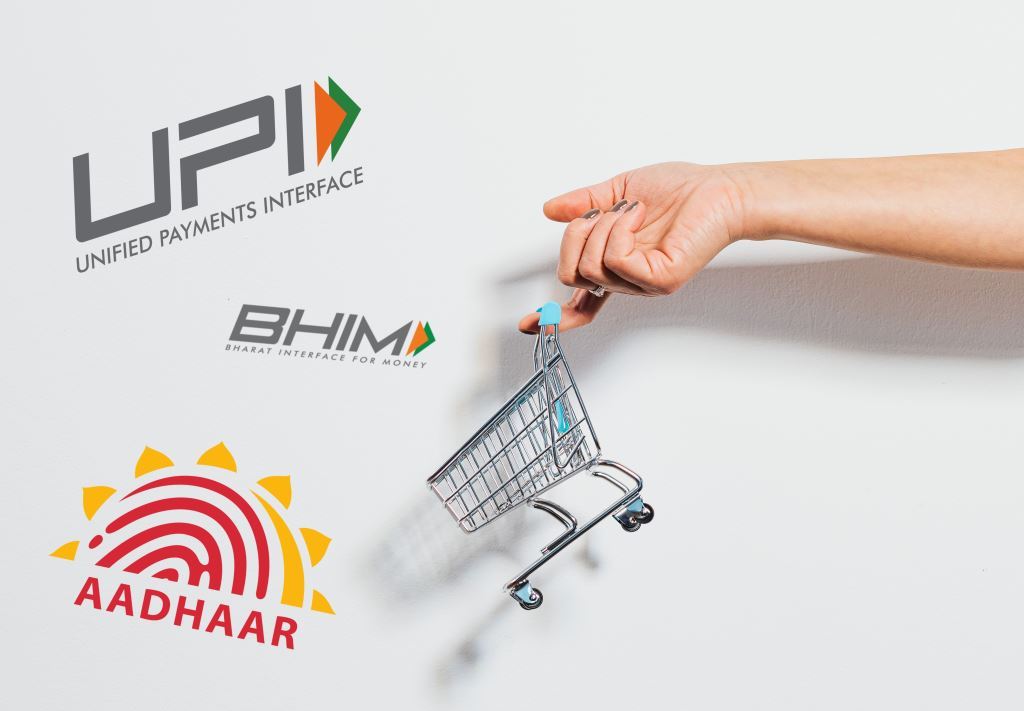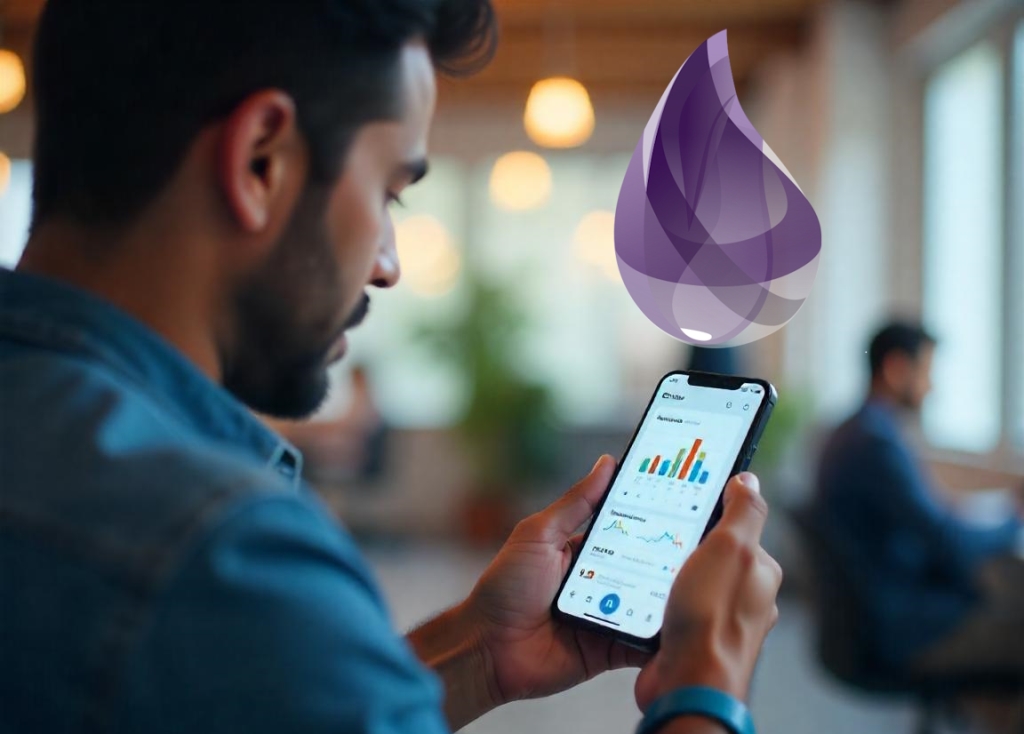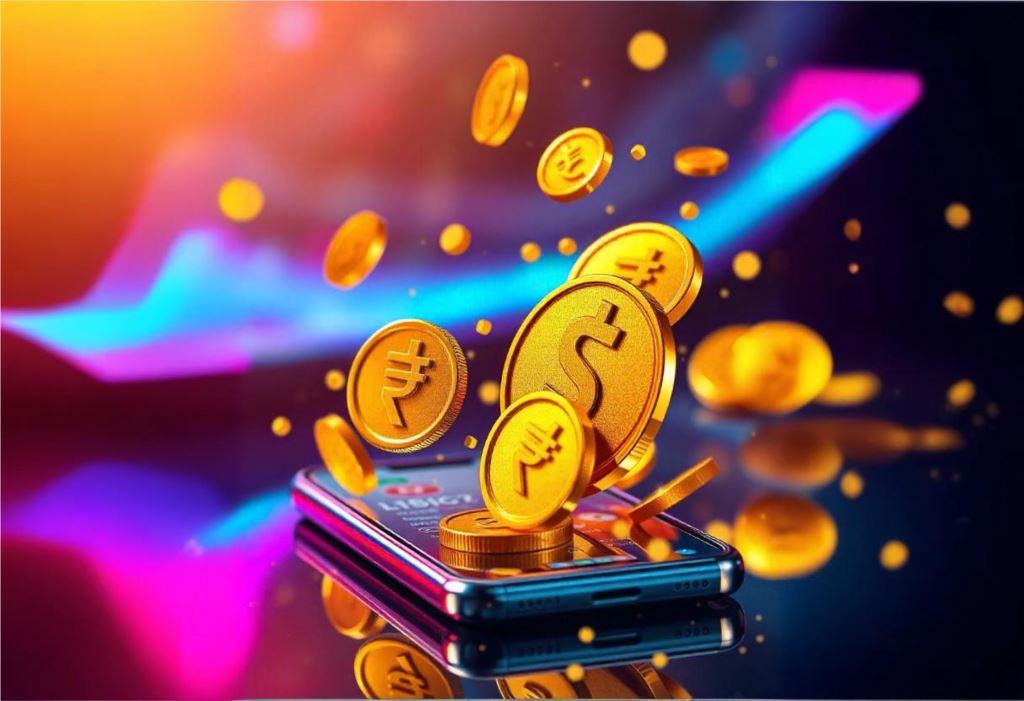
You no longer need to visit a brick-and-mortar bank for your banking needs now. You can do your transactions from anywhere and anytime you want with a mobile banking app. The latest mobile apps are user-friendly, secure, and equipped with several features that make financial transactions easier and faster. Let’s see what kind of mobile banking apps exist and which UPI technologies they use!
What is a Mobile Banking App?
A mobile banking app allows you to do your banking transactions from your smartphone or tablet. You can check your account balance, make deposits or transfers, transfer funds from one account to another, as well as get account alerts and much more. You need to have an account with a bank that offers mobile banking for you to use the app. You can download the mobile banking app of your bank from the App Store or Google Play Store. You can use the mobile banking app to receive money from a person. In this case, you need to provide your bank account number to the sender, who will then transfer the money to your account. You will need to create a login ID and password to secure your account. You can then use the mobile banking app to make payments, check your account balance, and do other transactions.
UPI: Unified Payments Interface
UPI is an Indian payment system that is initiated by the Indian government. It was launched in August 2016 to make all types of cashless payments easy and secure. UPI allows the user to transfer money from one bank to another through a single mobile app. The UPI mobile app is available for Android and iOS. The UPI system does not charge any transaction fee for any amount, unlike credit card systems that charge a fee for each transaction. UBI’s Bharat Interface for Money (BHIM) app is one of the most popular UPI apps.
APNI – Aadhaar Payment Network Initiative
The Aadhaar Payment Network is another payment network that works with the UPI. It is a bank-to-bank transfer system that allows you to directly transfer money from your bank account to the bank account of another person using their Aadhaar number. To use the Aadhaar Payment Network, both the sender and the receiver need to have accounts in banks that are part of the Aadhaar Payment Network. Both parties need to use the mobile banking app of their respective banks and enter their Aadhaar number.
BHIM – Bharat Interface for Money
BHIM, which is the UPI app of the National Payments Corporation of India, is one of the most popular UPI apps. It was developed by the NPCI in order to promote cashless transactions and is available on both Android and iOS. BHIM, which is also called Bharat Interface for Money, allows you to send or receive money. It also allows you to transfer funds from one bank account to another using the IFSC code. You can use BHIM to check the last 10 transactions you have made using the app. You can also check the transaction history of your bank account. You can set up BHIM by entering the IFSC code of your bank account and the Aadhaar number. Once you have created an account, you can add family members and friends by entering their mobile numbers.
MMID – Mobile Magnetic Identification Service
The MMID is a free and open source UPI app. It was launched in March 2019 by the National Payments Corporation of India. MMID allows you to make payments and transfer funds directly from the IMPS mobile app. To use the MMID app, you need to create an MMID account and generate a virtual payment address. You can then send and receive money with the virtual address of your recipient. You can use the MMID app to send money to friends, family, or even to your bank account. You can also receive money using the app.
mBanking – With Micro-payment Feature
mBanking is an UPI app that allows you to send and receive money. It also allows you to transfer funds from one bank account to another. You can create an mBanking account by entering your mobile number and your bank account number. You can use mBanking to send or receive money to or from your bank account. You can also transfer funds using IFSC codes. mBanking also provides you with a micro-payment feature that allows you to make payments of as low as ₹0.95.
Conclusion
Mobile banking apps have become very popular in the last few years. They make banking easy and give you access to your account whenever you need it. In this article, you learned about the different kinds of mobile banking apps and UPI technologies. We also discussed various features of UPI apps and the different ways in which you can use them to make payments.














